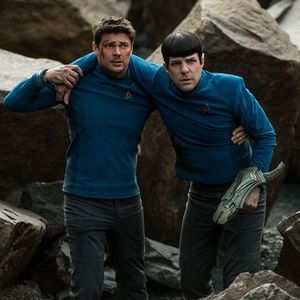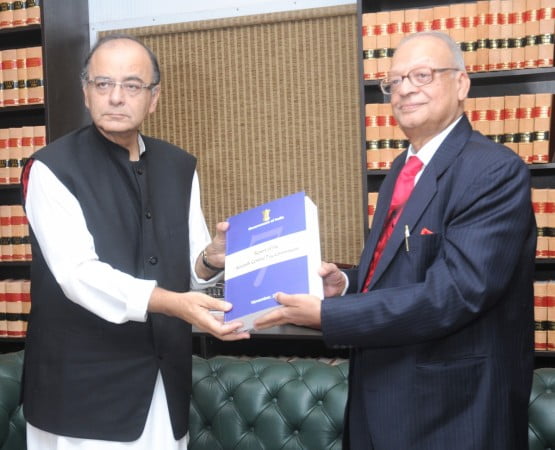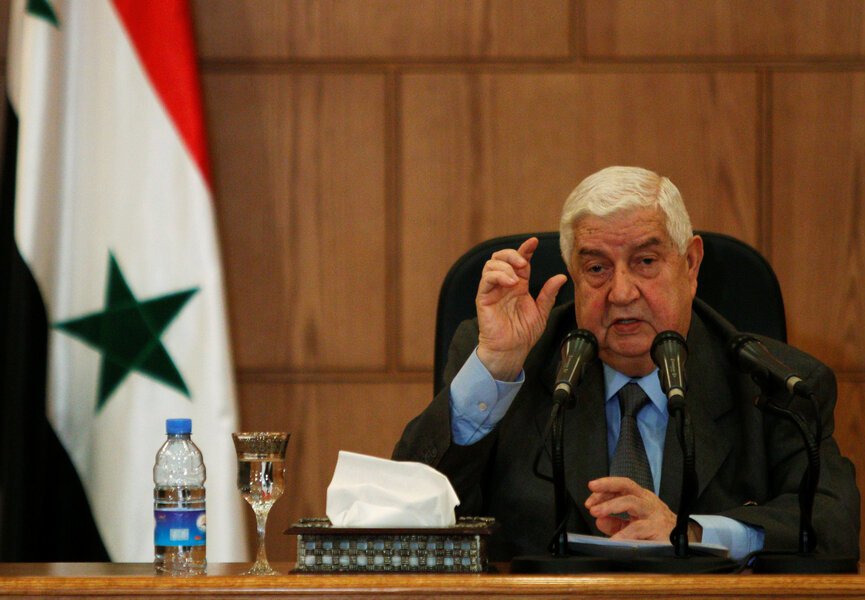
As Captain Kirk questions his identity, the Enterprise crew faces a new threat after getting stranded on a remote planet.
PITT MEADOWS, British Columbia — It has been a scorching September day spent in a rock quarry that serves as the set for Star Trek Beyond. ButZachary Quinto manages an un-Vulcan-like bounce in his step as he makes the uphill trek from the bottom of the Pitt River Quarry to the makeup trailer for the nightly removal of his pointed Spock ears.
Talking of plans to join his castmates at a Foo Fighters concert in nearby Vancouver once he loses the ears and the Federation uniform, Quinto stops for one more look at the set’s planetary civilization — six otherworldly spires and a golden, three-tier circular hive that looks like a muffin-topped intergalactic structure — built into the rock-hewn landscape.
It’s the planet Altamid, a whole new Trek world. Quinto pulls out his iPhone and captures the scene in twilight.
“I’ve seen a lot of sets, but never one like this,” he says. “It’s so seamlessly woven into the landscape. It’s hard to tell where the quarry ends and the set begins. I just find it to be really overwhelming and impressive, even for us.”
It needs to be impressive, because the main action of Star Trek Beyond (in theaters Friday) takes place on the mysterious planet. Director Justin Lin has taken the crew — Kirk (Chris Pine), Uhura (Zoe Saldana), Bones (Karl Urban), Chekov (Anton Yelchin, who tragically died in June), Sulu (John Cho) and Scotty (co-screenwriterSimon Pegg) — off the destroyed Enterprise, brought to a fiery end by the villainous Krall (Idris Elba).
Call the crew’s new rock-filled setting a respectful nod to the planets of the original TV Star Trek series, which celebrates its 50th anniversary this year.
“I wanted to showcase something new,” says Lin. “(And) I wanted to capture the spirit of why I love the original Star Trek. Even on a limited-budget TV show, you always felt the texture. I wanted to bring that to the audience in a big-scale kind of way. With the advancement of visual effects, this is normally done on green screen. But we created this.”
Lin mapped out the new world with production designer Tom Sanders, who built it among the real quarry boulders, spray-painted a metallic (and environmentally safe) blue.
The director did not take the hallowed ship’s spectacular destruction lightly. But the anniversary year served as a further inspiration.
“Fifty years into Star Trek, I felt like it was time,” Lin says. “I love the Enterprise, which was my favorite ship growing up. To really take it down, I wanted to make sure there’s a real reason. It’s ripping away the security blanket that has been there for the crew in the past. If we took that away, it’s like, who are these people?”
Being stranded on the planet allows for new screen pairings, as the crew is separated and must escape Krall’s mining headquarters. The past two Star Trek films have dealt primarily with the Kirk-Spock dynamic: “That has been extensively explored and maybe needed to settle down for a while,” Pegg says of his work with co-screenwriter Doug Jung.
Characters who have hardly interacted with one another in the rebooted film franchise (2009’s Star Trek and 2013’s Star Trek Into Darkness) find themselves bound in the quest for survival (Uhura with Sulu, Kirk and Chekov, Spock and Bones).
“We realized that in two movies there are certain characters who have never even spoken to each other onscreen, even if they had been in the same room,” Pegg says. “We remedied that. And we get across that they have been on this mission for a long time.”
As the Beyond title suggests, the crew has been in unexplored deep space for 966 days and now deals with questions about its mission and the role of the United Federation of Planets. “The whole notion of galactic unity and what the Federation stands for,” Pegg says. “Is it a force for peace or assimilation? Is it a good thing? These kinds of questions were never asked, it’s just accepted the Federation is for good.”
The crew also deals with a novel Trek concept: homesickness (Cho revealed this month that Sulu misses his child with his same-sex partner back home).
“One thing the (TV) series never touched on is the notion of being away from home and family, cooped up with the same people all the time,” Pegg says. “They are all dealing with it in different ways. You join them in this mental space.”
Pegg says writing the “inhospitable world” into the script created a “nightmare of a location.” Heavy rains flooded the quarry, delaying production early in the shoot. When temperatures soar, the sunken quarry is 10 degrees hotter, hitting 95 degrees on this day.
“But it’s fun to have the uniforms set against this backdrop; they look incongruous against rocks and terra firma,” Pegg says. “You put them on the Enterprise, and everything looks integrated. It’s great to see the clash of nature and science.”
Pegg says with a laugh that he never regretted writing a screenplay off the Enterprise in this setting, no matter how bad things get outside.
“Besides, it’s called Star Trek, not Star Stay,” he says. “The original series was all about a trek. It was a wagon train in space. It’s about pushing the frontier.”
There are other frontiers to be broken with the involvement of Lin after producer J.J. Abrams directed the first two rebooted Trek films. Pegg says Fast & Furious director Lin allows Trek to move to a more action-led film for a changing theater audience.
“Star Trek the series never had the budget to be spectacular when it first started. It would have been if it had the budget. So it was very concentrated on human interactions and philosophical ideas,” Pegg says. “We want to have our cake and eat it too. It’s possible to be bold and brash, and have a deep sense of what Star Trek‘s about.”
A big part of what Star Trek is about, however, was missing even before filming started with the death of Leonard Nimoy in February 2015. (Yelchin’s car accident in June took place long after filming wrapped.) Nimoy was the only original member of the cast to be featured in the alternate timeline film series as Spock Prime.
Sitting in the makeup chair for the Spock ear removal, Quinto goes from discussing the merits of Vulcan ears in the sun (“The ears are pretty resilient, there’s no danger of the glue melting”) to somberly reflective as he discusses the loss of Nimoy, who was a close friend.
Even in a strange set the cast had never visited before, Nimoy’s presence is everywhere.
“We all felt Leonard’s loss in a big way, and we all showed up with him in our hearts,” Quinto says. “Leonard’s spirit is a really big part of this film and honoring his memory is something that we all showed up with a real intention to do. Hopefully that comes across in this movie.”






